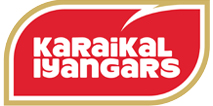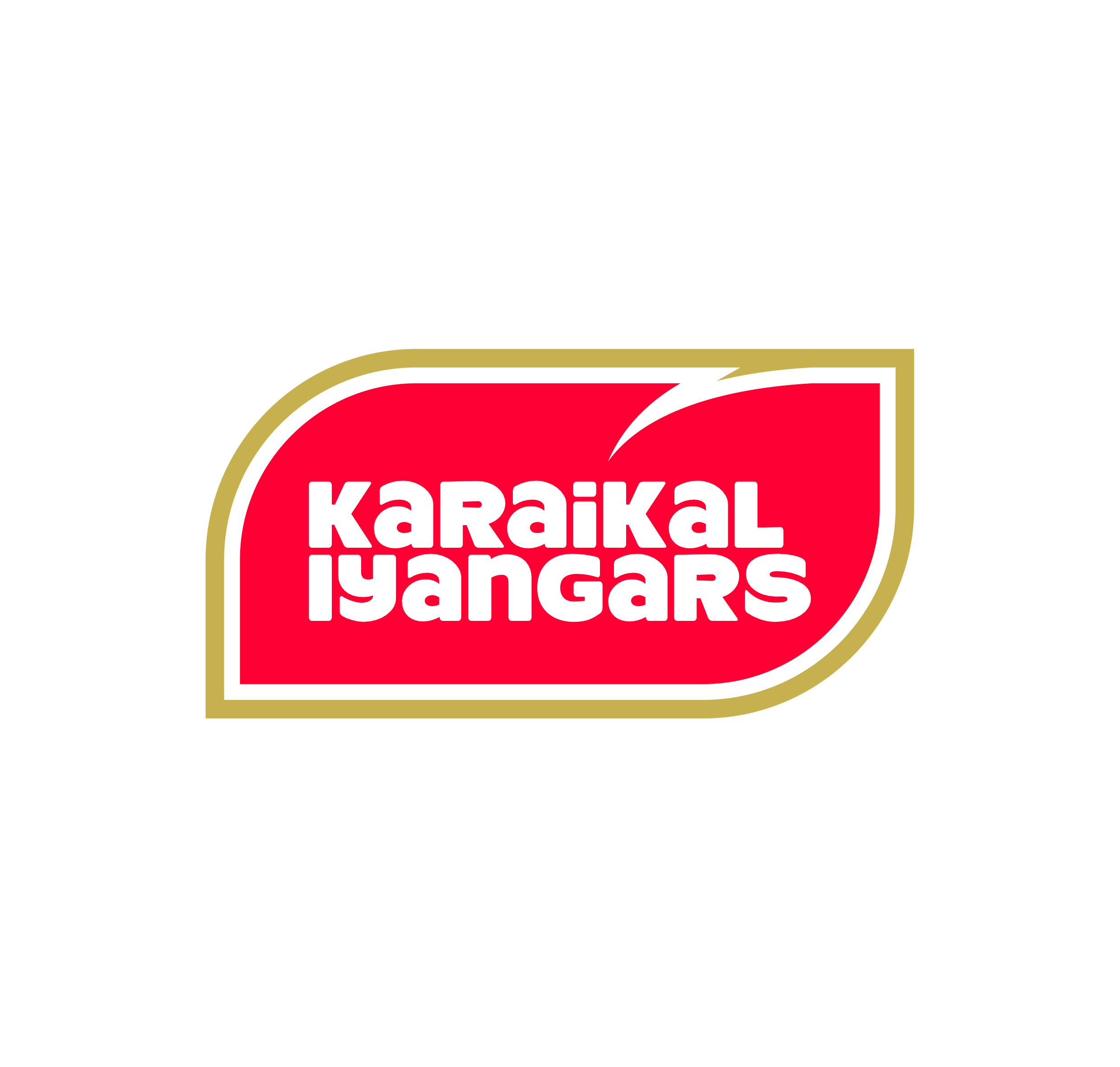Information
-
HEAD CHEF EXTERNAL AUDIT-FOOD SAFETY AND HYGIENE OF QSR
-
Document No.
-
Client / Site
-
Conducted on
-
Prepared by
-
Location
-
Personnel
POLICY ARRANGEMENTS
-
Food premises registration document available & signed
Food policy statements
-
Policy documentation available, signed & dated
-
Documentation brought to the attention of staff
Organisation
-
Organisational structure in place
Delivery from FACTORY
-
Food delivery temperatures recorded
-
Deliveries not left unattended, uncovered, etc
-
Date coding & food quality checked
-
Abused or damaged goods rejected
Storage
-
Chilled/ frozen food stored without delay
-
Store rooms in clean & tidy condition
-
Fabric & condition of store rooms acceptable
-
Environmental factors satisfactory (temperature, etc)
Refrigerated / Freezer Storage
-
High risk chilled food stored @ or below +8 deg C
-
Frozen food storage @ -18 deg C or colder
-
Use by date codes transferred to containers
-
Food not stored in open containers
-
Cardboard/wooden containers not used in refrigerators
-
Glassware not used to store food in refrigerators
-
In multi-use refrigerators are raw & cooked products separated to avoid the risk of cross contamination
-
Refrigerators not stocked/overloaded
-
Strict stock rotation being observed
-
FIFO knowledge is there or not??
-
Food containers washed properly before use
-
why not in place???
-
All "open foods" kept wrapped, inc cheese, etc
-
why the wrapping is not done??
Ambient Storage
-
Storage temperature is appropriate
-
Is storage area well lit
-
No open dried goods
-
what knowledge is lacking??
-
Food not stored near chemicals
-
Date codes transferred to decanted food
-
Strict stock rotation/FIFO being observed
-
No out of date/Expired dried goods identified
FOOD PREPARTION
Sanitisation
-
Personal hygiene - high standards of <br>'food handler' personal hygiene(including hand washing) ?
-
Knives, slicers, etc, sanitised / washed after use
Initial Food Preparation
-
Frozen food defrosted under refrigerated conditions
-
Cold food refrigerated between preparation & service
-
High risk foods kept out of refrigerated conditions as short as possible during preparation
-
All food prepared with minimum delay
-
what is the problem or hindrance for fast delivery or in food preparation and serving??
Pre-cooking & Reheating
-
If cold food has to be pre-cooked are suitable control measures in place & strictly followed
-
Microwave oven temperatures / time records available & completed
TEMPERATURE CONTROL
Temperature Records0
-
All refrigerators
-
All freezers
-
High risk hot food core temperatures
-
Cold food display / salad service units (if applicable)
-
Hot food display/ service units (if applicable)
-
Records kept for at least 1 week
Food Service
-
Delays between preparation & service kept to a minimum
-
Cold food refrigerated between preparation & service
-
Adequate protection for display avoiding contamination
-
Food covered where possible
-
Display units cleaned & sanitised after use
-
4 hour rule taken into account
-
whether they know? if not then educate them:Explaining the 2-hour / 4-hour rule<br><br>Put simply the rule is: Under 2 hours = Good to use or you can refrigerate at 5°C or less. 2 to 4 hours = This timeframe means the food is okay to use. Over 4 hours = Throw your food away immediately.
-
Glass breakage procedures understood & operated
-
whether they know and if not, educate them A glass breakage procedure typically consists of the following:<br><br>Production is stopped, affected stock is quarantined and most likely disposed of.<br>Nearby production areas are stopped and product assessed.<br>All people in the area sent away from production area<br>The area affected is cordoned off as is a a safe distance from the breakage in the event of shards.<br>A clean up crew must come in using vacuums or brush and shovels<br>All people affected must completely remove and change PPE and inspect soles of footwear<br>The clean up crew must remove PPE after finishing.<br>Production can only commence once management has inspected and verified it is safe to do so. Includes inspection of people and PPE for glass fragments.
Loose Fittings
-
Any loose fittings, nuts,bolts, screws, drawing pins, etc seen above food preparation areas
Wood, Packing Materials, Cloths, Wire Wool, etc
-
Wooden handled equipment not in use
-
Crude outer packaging not on food preparation surfaces
-
No worn / frayed cloths, tea towels, etc
-
Wire-wool, brillo pads, metal scourer, etc not in use
Complaints procedure
-
Procedure understood & followed
-
explain the complaints procedure
-
Customer comments book available
-
Suitable replies to customers comments entered
Personal Hygiene Standards
-
All food handlers issued and trained in good hygiene guidance
-
Finger nails are short, unpolished & clean
-
Good personal hygiene practices being followed (seen @ time of inspection)
Bad Habits
-
Staff not eating or drinking in food rooms
-
Staff not coughing / sneezing over food, etc
-
Staff not fondling hair, picking nose, scratching, etc
Clothing
-
Clean protective over-clothing worn
-
Over-clothing not worn outside work
-
Personal clothing stored appropriately
Hair
-
Suitable head covering provided & worn for all working within the food preparation area & food rooms
-
Long hair properly tied back, including waiting staff
Hand Washing
-
Did staff wash their hands between tasks
-
Do staff wash their hands properly (hands are washed or gloves are changed at critical points)
-
"Wash your hands now" notices displayed in WC areas
-
Bacterial soap provided at all wash hand basins
-
Disposable paper towels provided & used to dry hands
-
Only approved jewellery worn
Handling Food
-
Serving spoons / Utensils used wherever possible
Wounds
-
Open sores, cuts, or splints & bandages on hands are completely covered while handling food.
-
No open wounds, sores, etc noted.
Staff illness
-
Management fully aware of procedures to follow in the event of staff illness
-
Catering staff fully aware of procedures to follow in the event of illness
Maintenance & Pest Control
Maintenance
-
Defect reporting system in place/updating the complaint in maintenance group
Pest Control
-
Pest control contract in operation
-
Suitable preventive measures in place for controlling pests & vermin, including clean areas externally, adequate proofing, sound structures, etc
-
Un-screened windows / doors kept closed
-
No active infestation noted/fly pads are kept in mint condition
Food Hygiene training
-
Photocopies of certificates, etc available & held on file(FOSTOC CERTIFICATE/FSSAI LICENSE/MEDICAL CERTIFICATES)
Food Safety Policy Training
-
Photocopies of certificates, etc available & held on file
-
Available for each member of staff
-
Completed, dated, signed & up to date
-
Food hygiene training given during induction
CLEANING
Cleaning schedule, etc
-
Cleaning schedule on display & implemented
-
Schedule monitored daily & checks recorded
-
Deep clean in place & included within cleaning schedule
-
Deep cleaning records retained
-
why and what is the importance
Cleaning Standards
-
Utensils storeage appropriate
-
Cleaning equipment's in mint condition and all solutions are available
-
Floors & walls / floor / equipment junctions
-
Wall surfaces to hand height (low level)
-
High level areas (who's responsibility)
-
Cooking equipment, including ovens, grills, fryers, etc
-
Internal surfaces of refrigerators &freezers
-
Refrigerator & freezer doors seals
-
Food preparation equipment, e.g. Food slicers, mixers, etc
-
Food preparation surfaces, including chopping boards
-
Cooking utensils
-
Crockery
-
FIFO bottles(nozzles)/sauce carriers
-
Wash hand basins & sink units
Vending Machines
-
All drinks / food vending machines cleaned daily
-
Hygiene record card inside (as appropriate)
-
Sanitiser used to clean dispense areas
-
All staff fully trained
-
Acceptable standards of cleanliness
Refrigeration & Maintenance Records
-
Microwave emission checks carried out @least annually
-
Refrigeration maintenance contract in place
-
Records of call outs / actions retained
-
FSSAI inspection reports available & action points if any rectified
-
Cooking oil stored in bundled area
-
Waste oil disposed of through FACTORY
-
Out of date or unfit food appropriately disposed
Waste Management
-
Disposed of through authorised waste disposal company/CONTRACTOR
Sanitary Provision
-
Provision of adequate facilities for staff
-
Provision of adequate facilities for others
-
Provision of suitable washing / drying facilities
-
Hot & cold running water
STRUCTURE
Walls
-
Smooth, impervious, non flaking
-
Undamaged
Ceilings
-
Smooth, impervious, non flaking
-
Free of cobwebs and dust
Flooring
-
oil free/sticky/no spillage
-
Anti-slip
-
Trapped drain gullies provided
Supplementary Recomendations
-
undefined








